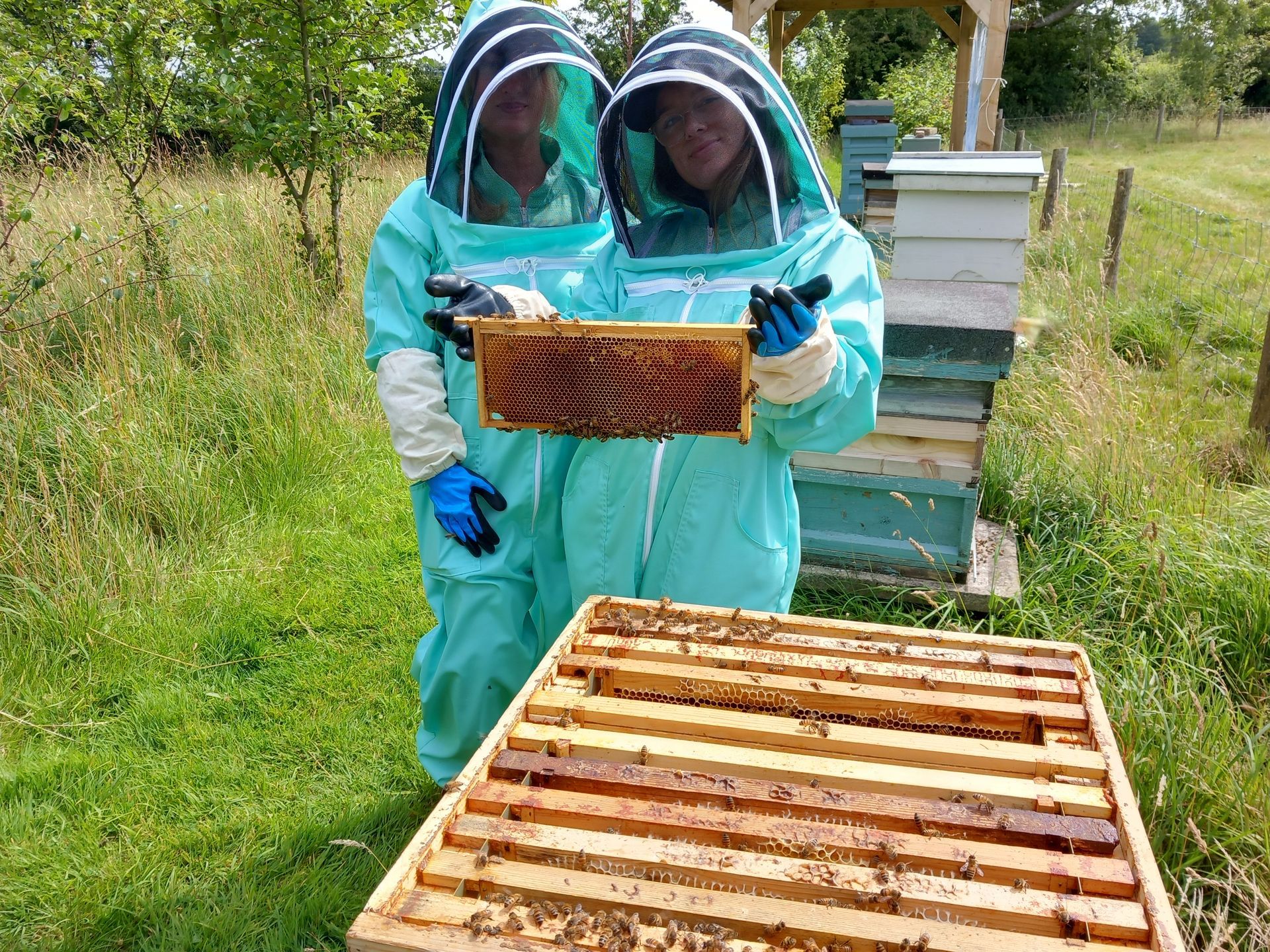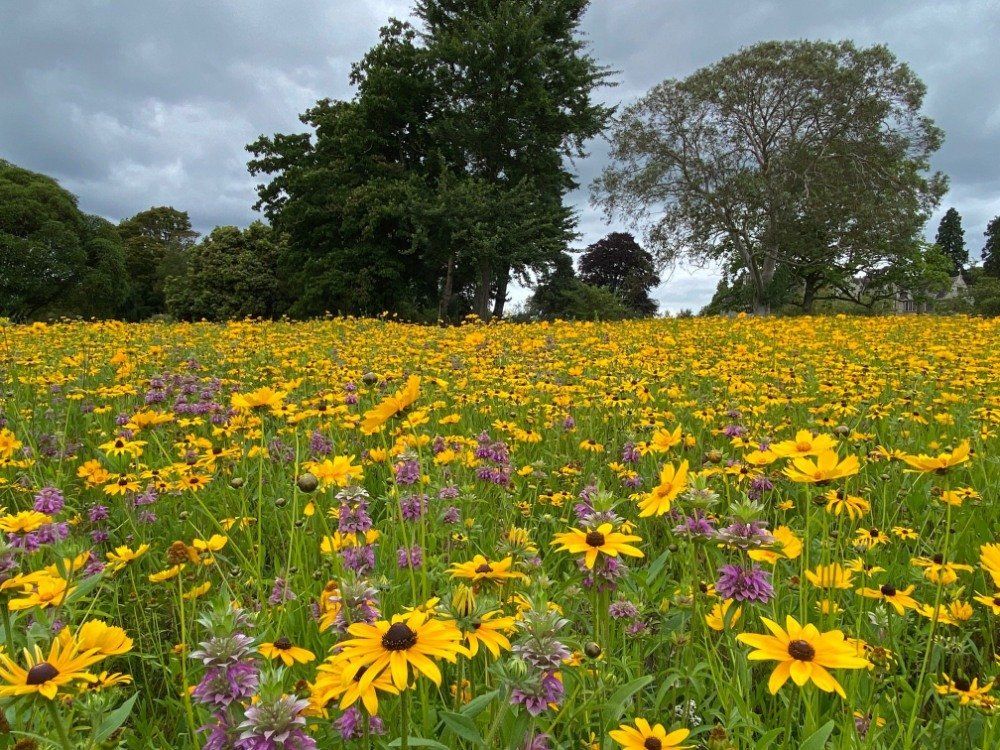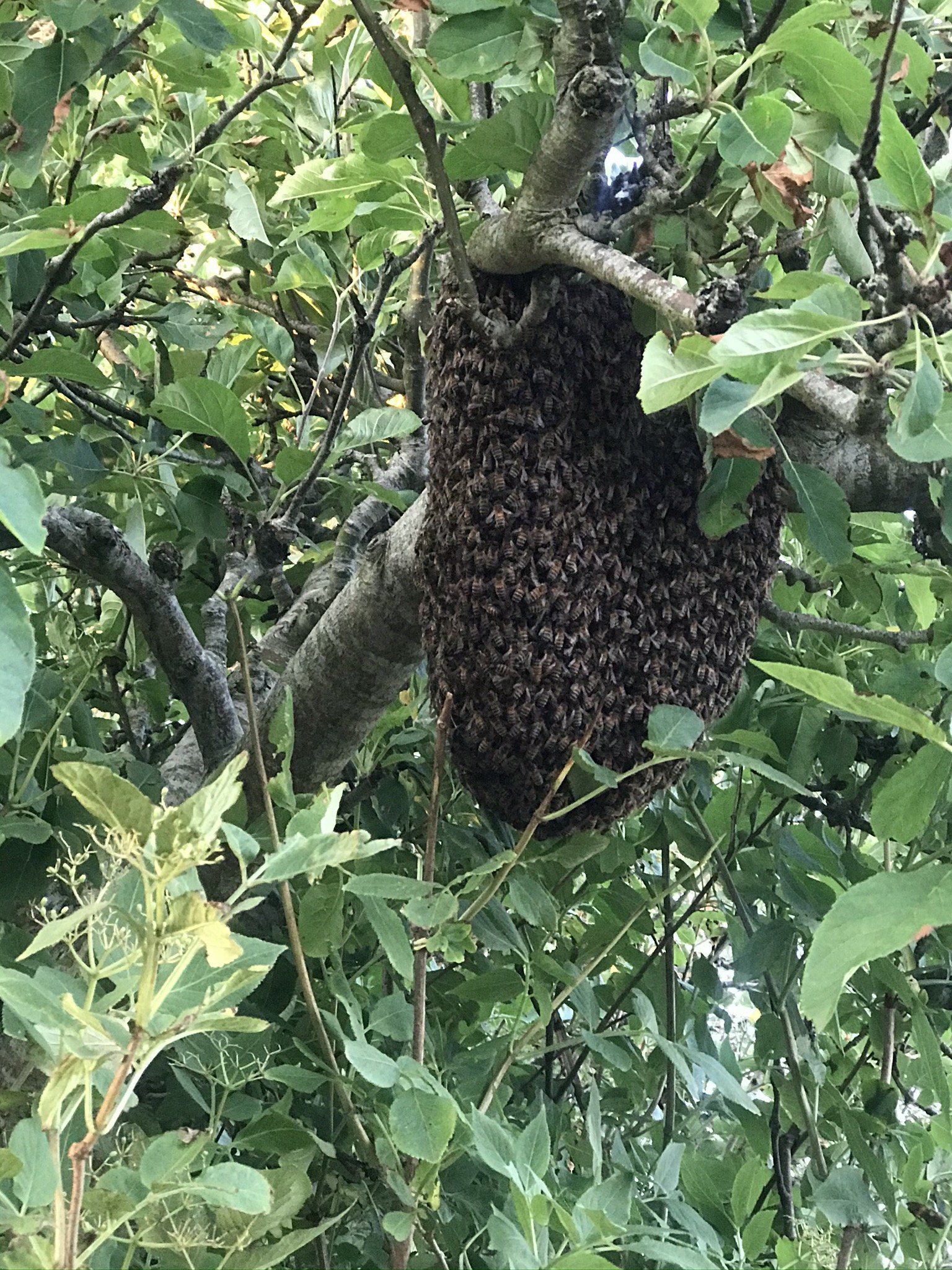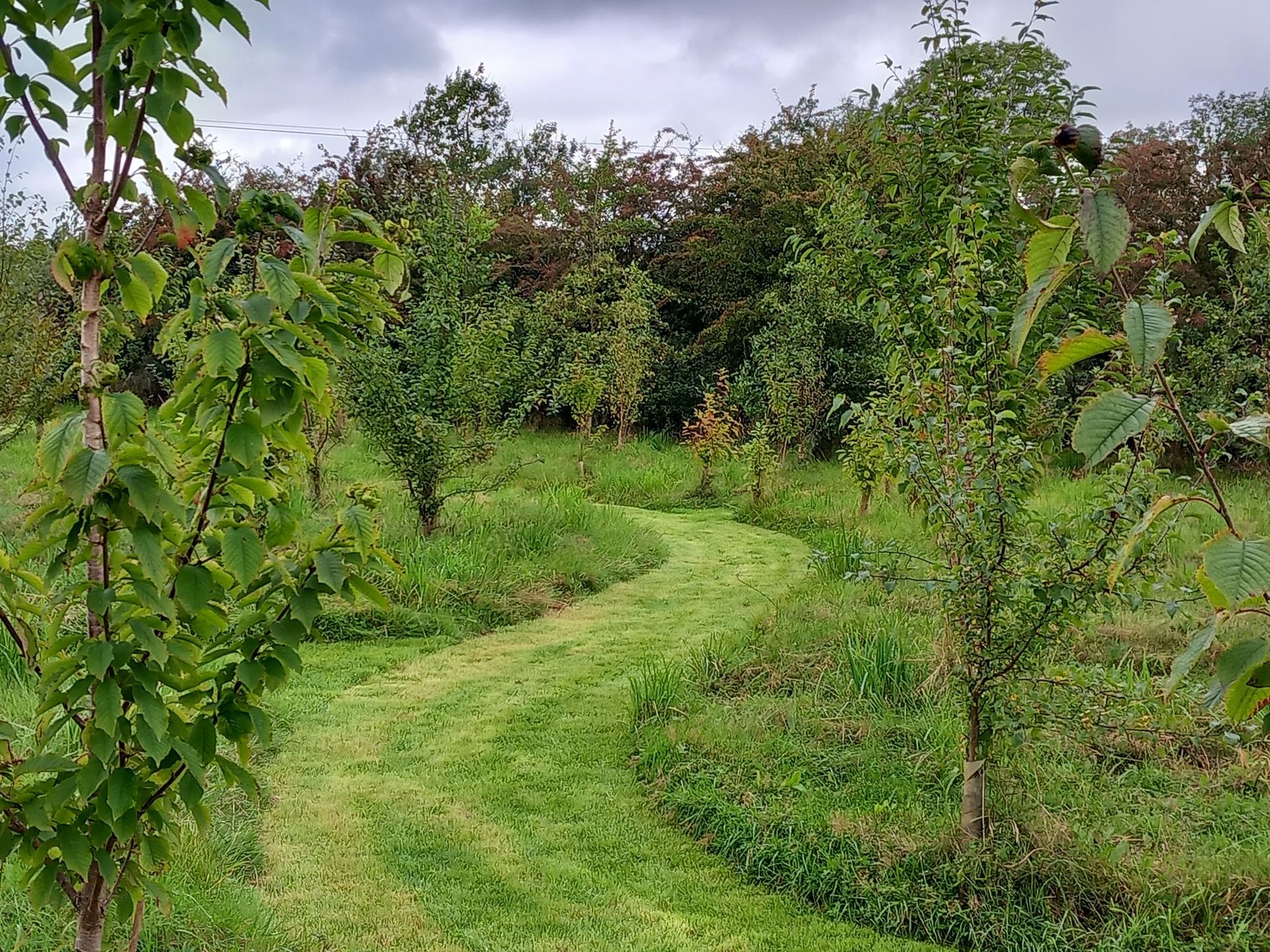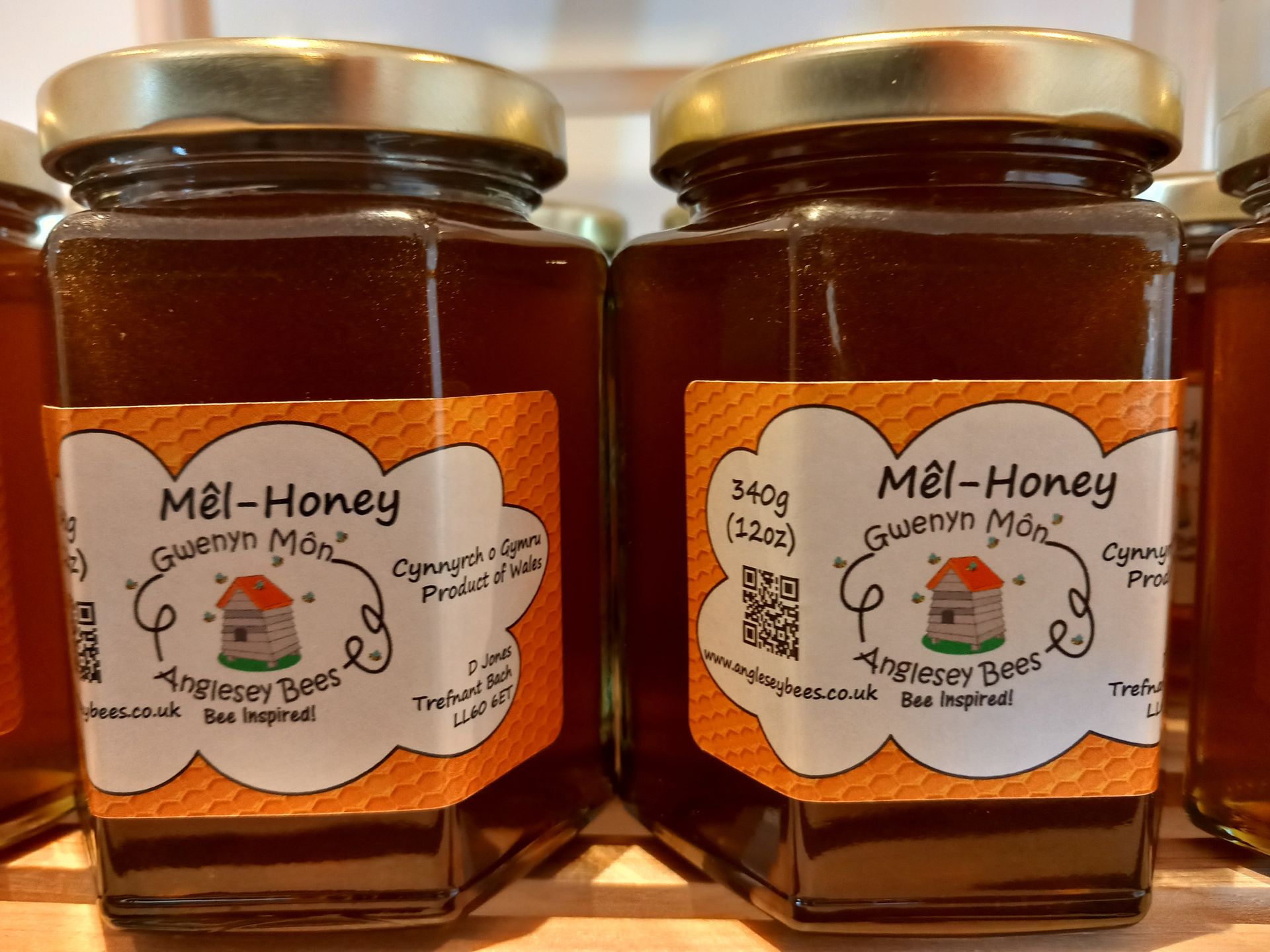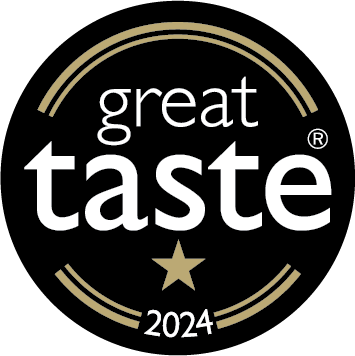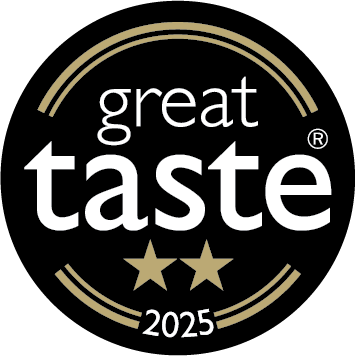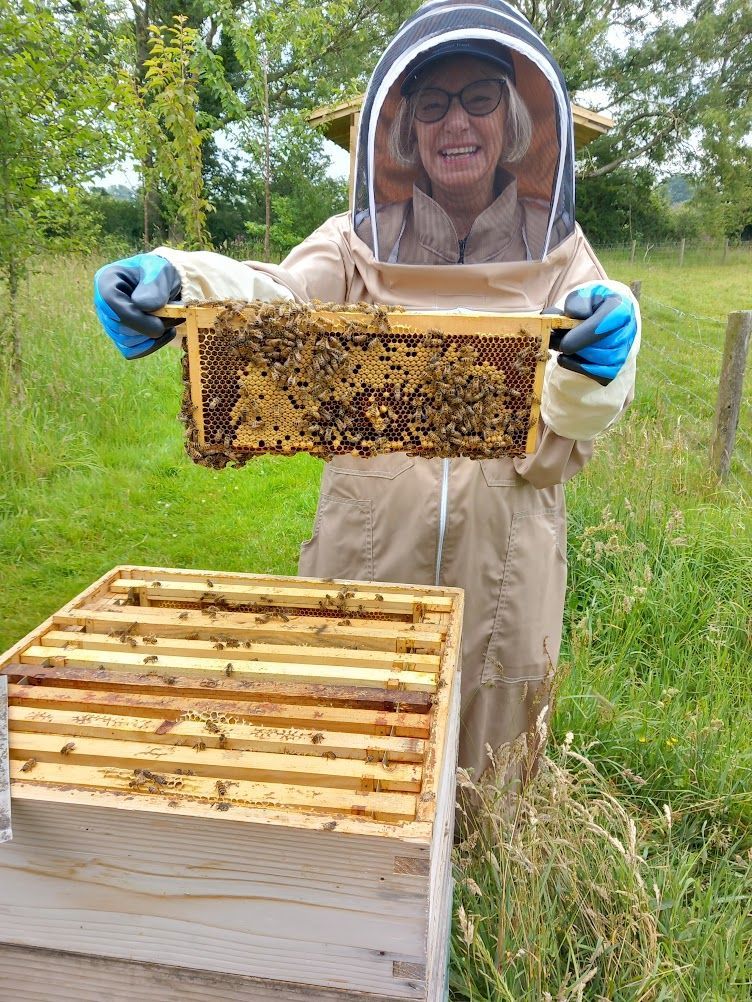The Terroir of Anglesey Wildflower Honey
What makes our honey unique?
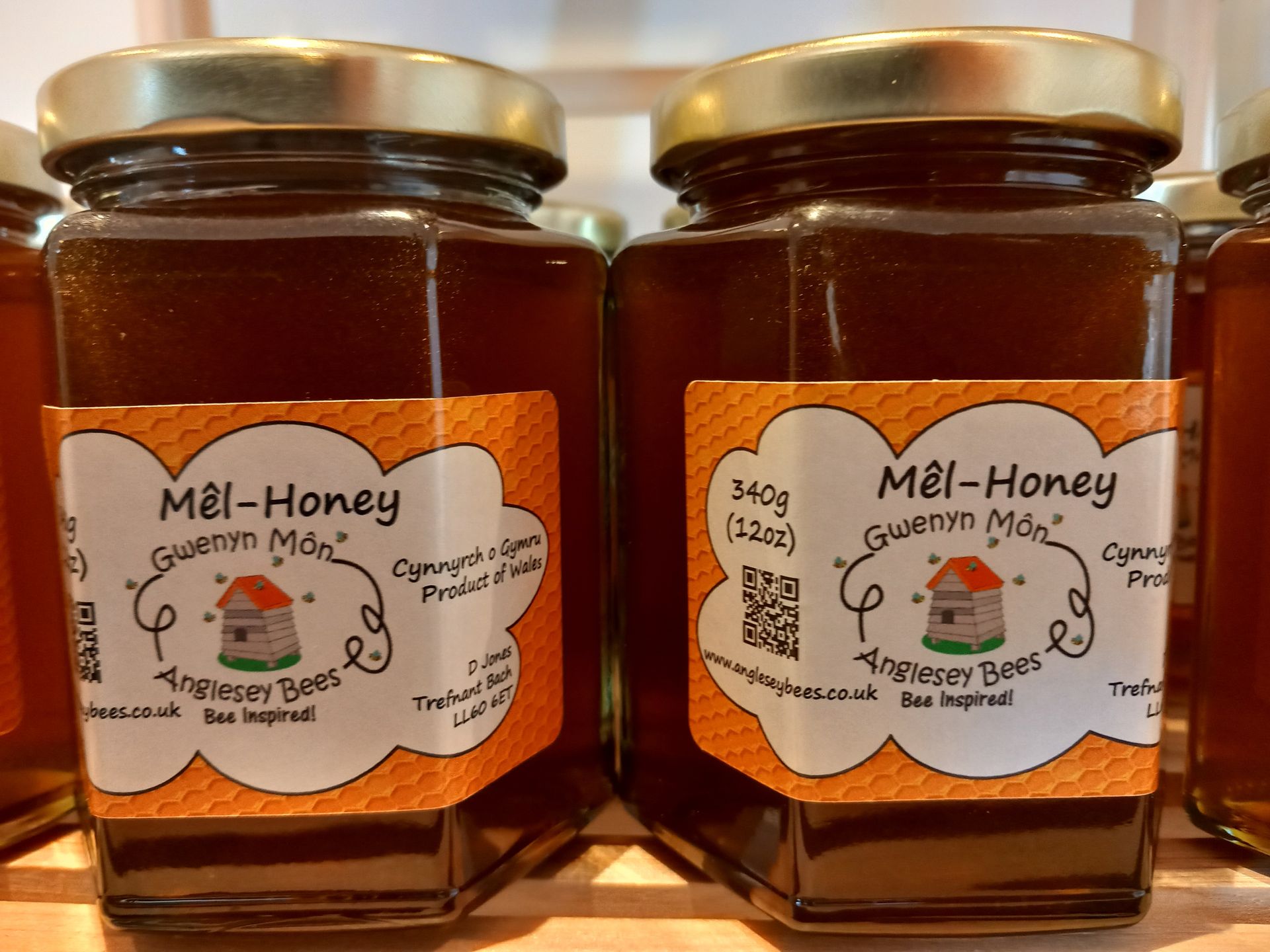

While often associated with wine, the idea of terroir also applies to foods like artisan cheese, chocolate, and coffee. It highlights how soil composition, climate, and farming practices influence flavour. Terroir explains why a Chardonnay from California tastes different from one in Burgundy, even if the same grape variety is used. Everything from the minerals in the soil to local weather conditions can leave a unique "fingerprint." Terroir isn't just romantic—it has economic value too. Products emphasizing their terroir often command higher prices because of their perceived authenticity and exclusivity. In a similar vein, arguably a single-sourced artisan honey has its own terroir.
The terroir of Anglesey Bees’ wildflower honey lies in the southern part of the Anglesey UNESCO Global Geopark, defined by the Menai Straits to the south and the Berw geological fault to the north. Historically known as “Môn Mam Cymru” (Anglesey mother of Wales), it was recognised as the bread-basket of Wales due to its fertile and productive land.

The underlying shist bedrock was scoured by the Pleistocene Irish Sea glacier that plastered the landscape with drumlin swarms, erratics, boulder-clay and melt-water sands and gravel, originating from as far afield as Scotland.
The current climate is mild and essentially oceanic with relatively small variations in temperature and rainfall, i.e. cool summers and mild winters. Periods of snowfall and hard frosts occur infrequently in contrast to the neighbouring mountainous region of Eryri.


This mild, oceanic climate resulted in the development of either slowly permeable and seasonally wet, acid loamy and clayey soils or freely draining slightly acid loamy soils in this region. The Agricultural Land Classification for this region is largely grade 3, i.e. of moderate quality with notable limitations.

The predominantly grade 3 agricultural land has resulted in a landscape mostly made up of extensively grazed permanent and unimproved pasture with the notable absence of any arable crops. Such pastures include white clover and bird’s foot trefoil, favoured by honey bees, are enclosed into small fields surrounded by ancient hedge-banks and hedgerows.

The unmanaged hedges consist of stockproof hawthorn and blackthorn, interspersed with hazel, sycamore, cherry, ash, elder, gorse and dog rose. By foraging on these spring-flowering hedgerow shrubs and trees, our bees consistently produce a thick, rich, amber honey honey awarded a Great Taste2-star award. Although familiar in the context of wine appreciation, the concept of a sommelier also applies to honey and a specific vocabulary to describe the appearance, flavour and aroma of honey has been adopted by honey sommeliers. The Great Taste adjudicators described our spring wildflower honey as:-
"An aroma of caramel lifted from this rich, viscous, amber honey. This a delightfully floral honey with a light astringency on the palate suggesting the bees may have been foraging on tree flowers."
"There were the most delicious wafts of sun warmed woody notes. The burst of floral vanilla that initially filled the mouth followed by fruity musky notes with a savoury edge. This clever honey works in harmony on the palate to allow a burst of spring."
"Wonderful amber colour with excellent viscosity and an enticing floral hit on the nose. A smooth texture coats the mouth with the delicate sweet flavour rich with floral clean notes singing of the environment these bees have been working."
By late June, the bees are foraging on bramble flowers and rosebay willow herb in the hedges and white clover and bird's-foot-trefoil in the pastures, producing a paler coloured, more delicately flavoured summer wildflower honey described by Great Taste Awards adjudicators as "Very delicate in flavour, bright and appealing, with a real blast of the hedgerow in the aroma" and “a honey we would enjoy on our toast."
This leaves the human factor to consider, including how the bees are managed and how the honey is processed and packaged. At Anglesey Bees, we produce award-winning Anglesey wildflower honey of the highest quality in small batches, with the greatest respect for the honey, our bees and our environment. We are very aware of our environmental and social impact and are already aligned with the goals of the Welsh government's wellbeing of future generations act. Furthermore, we have produced an environmental and social action plan to quantify our impact and to work towards reaching net zero carbon emissions, protecting and enriching our habitats and making positive impacts on our local community.

Our award-winning spring and summer Anglesey Wildflower honey is available seasonally direct from the beekeeper or by mail order. Alternatively it is available to purchase from our stockists:-
- Anglesey FineFoods, Valley, LL65 3EB
- Glandwr Butchers, Benllech, LL74 8TD
- Plas Cadnant Hidden Gardens, Menai Bridge, LL59 5NH
- Jones o Gymru | The Welsh Choice for Snacks
Comment on my blog
